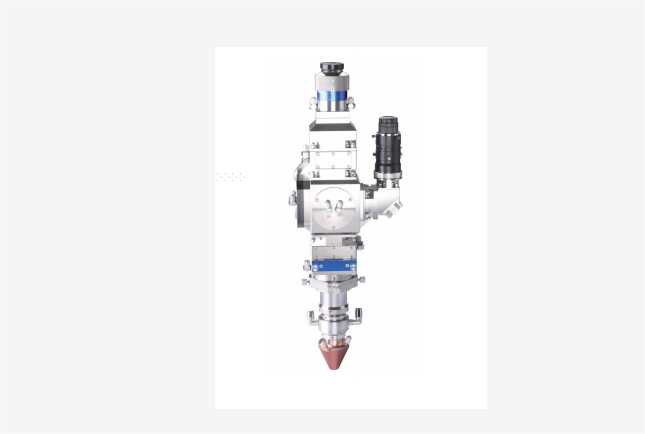Laser cladding has indeed become a prominent alternative to electroplating in various industries due to its numerous advantages. Here are some reasons why laser cladding is becoming increasingly popular:
Advantages of laser cladding
Material Versatility: Laser cladding allows the use of a wide range of materials, including metals, ceramics and composites. This versatility is often greater than electroplating.
Enhanced surface properties: This process can significantly improve the wear resistance, corrosion resistance and overall durability of the coating surface, making it ideal for applications in harsh environments.
Precision and Control: Laser cladding provides high precision and control of the deposition process, enabling the creation of complex geometries and application of coatings in specific areas with minimal waste.
Stronger Bond: The metallurgical bond formed between the cladding material and the substrate is typically stronger than the mechanical bond formed through electroplating. This results in better adhesion and a longer lasting coating.
Reduced environmental impact: Laser cladding is generally considered more environmentally friendly than electroplating, which can involve hazardous chemicals and produce toxic waste.
Requires less pre-treatment: Unlike electroplating, which often requires extensive surface preparation, laser cladding can be applied directly to many substrates with minimal pre-treatment.
Thermal efficiency: The process involves localized heating, which reduces thermal distortion and maintains the properties of the substrate.
Applications of laser cladding
Aerospace: For turbine blades, engine components and other components requiring high-performance coatings.
Automotive: Improves durability of engine components, gears and other critical components.
Oil and Gas: Provides corrosion-resistant coatings for pipes, valves and drilling equipment.
Mold industry: Repair and refurbish worn tools and molds to extend their service life.
Medical devices: Create biocompatible coatings on implants and surgical instruments.
Comparison with electroplating
While electroplating is a proven and cost-effective method for applying thin metal coatings, it has limitations, such as the types of materials that can be deposited, environmental concerns and the thickness of the coating. Laser cladding, on the other hand, solves many of these limitations but can be more expensive and requires specialized equipment and expertise.
In summary, laser cladding is becoming a trend due to its ability to provide high-quality, durable and precise coatings in a variety of applications, often with better environmental and performance results compared to traditional electroplating methods.

